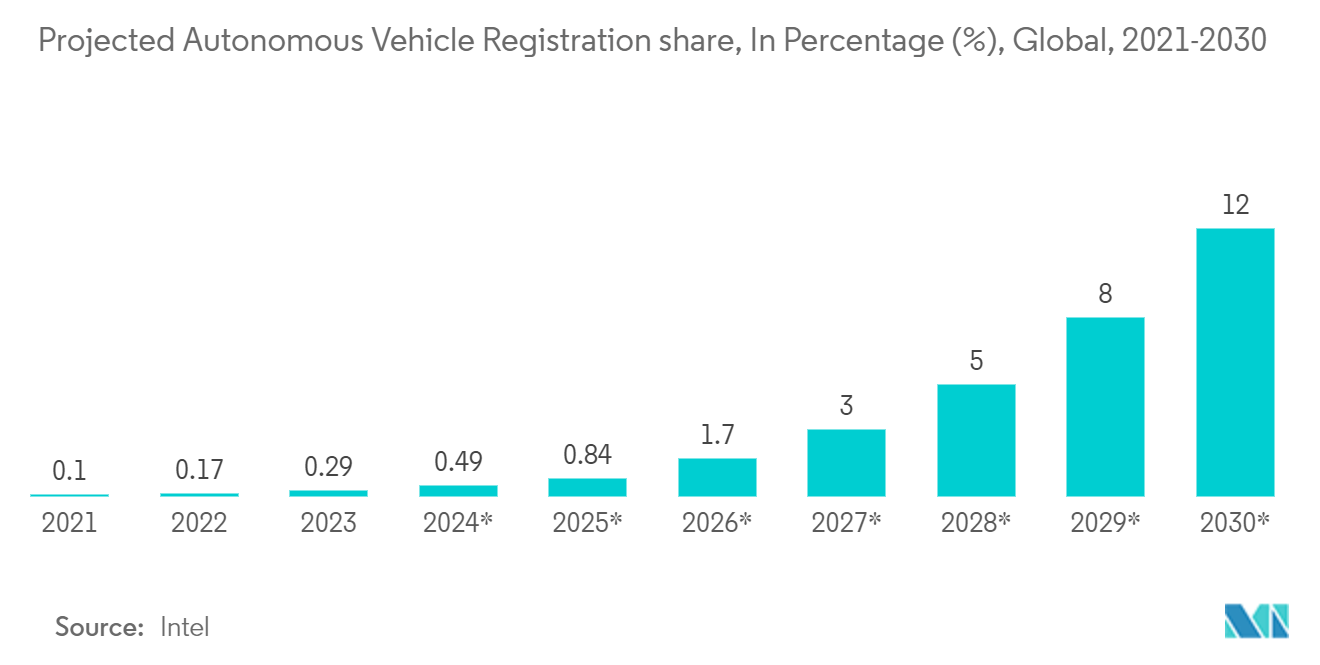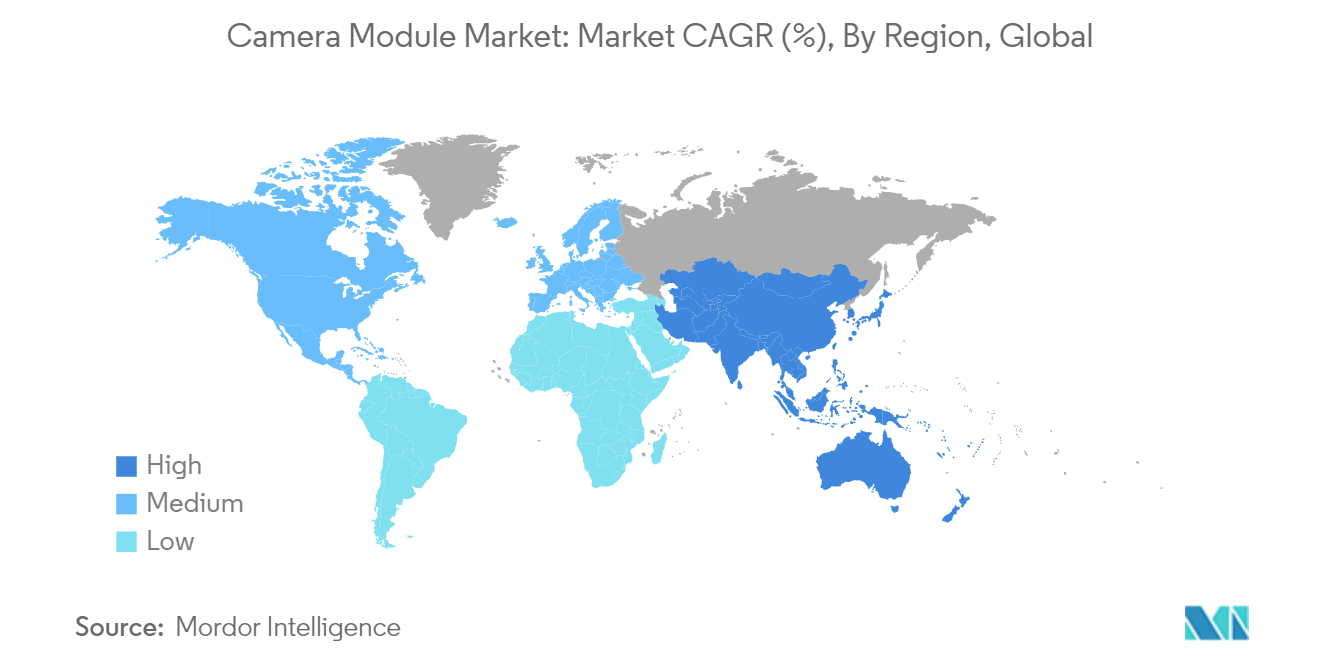Market Trends of Camera Module Industry
Image Sensor Segment Dominating the Component Landscape
- Segment Overview: The image sensor segment commands a significant portion of the camera module market, contributing to 50.16% of the total market revenue in 2021. As the largest component segment, image sensors play a vital role in camera modules across various industries.
- Market Size and Growth: By 2027, the image sensor segment is projected to reach USD 30.08 billion, with a compound annual growth rate (CAGR) of 6.71% from 2022 to 2027. This growth reflects the continued importance of image sensors in the camera module ecosystem.
- Technological Advancements: The demand for higher resolution and better low-light performance is driving technological evolution in image sensors. Canon’s development of a single-photon avalanche diode (SPAD) sensor exemplifies this, allowing high-quality image capture in low-light conditions.
- Competitive Landscape: Intense competition among key players like Sony Group Corporation drives continuous innovation. Sony remains a market leader through strategic partnerships and the development of advanced sensors for smartphones, automotive, and emerging technologies.
- Industry Applications: The adoption of image sensors is expanding beyond traditional camera uses, particularly in the automotive sector, where ADAS and autonomous vehicles require high-quality sensors. OmniVision and Valens Semiconductor collaborated to develop automotive-grade camera solutions, illustrating the automotive sector's growing significance.

Asia-Pacific The Epicenter of Camera Module Market Growth
- Regional Dominance: The Asia-Pacific region is the fastest-growing and largest segment of the camera module market, expected to reach USD 38.94 billion by 2027 with a CAGR of 10.77%.
Market Drivers:
- Manufacturing Hub: The region's electronics and semiconductor manufacturing capabilities, particularly in China, South Korea, and Taiwan, drive camera module production.
- Smartphone Penetration: Rapid smartphone adoption in populous countries like India and China is fueling demand for camera modules, with China reporting over 1 billion mobile internet users in 2021.
- Automotive Sector Growth: The growing automotive markets in countries like Japan, South Korea, and China are accelerating demand for ADAS and camera modules.
- Government Initiatives: Supportive policies like India's "Make in India" initiative are attracting investments in camera module manufacturing.
- Industry Developments: Key players are investing heavily in the region. Samsung shifted its factory from China to India, aligning with the country's manufacturing goals, while OPPO established a plant capable of producing one smartphone every three seconds.
- Technological Innovation: Asia-Pacific companies like OFILM Group Co. Ltd are at the forefront of innovation, establishing research institutes to maintain a competitive edge in the global market.


